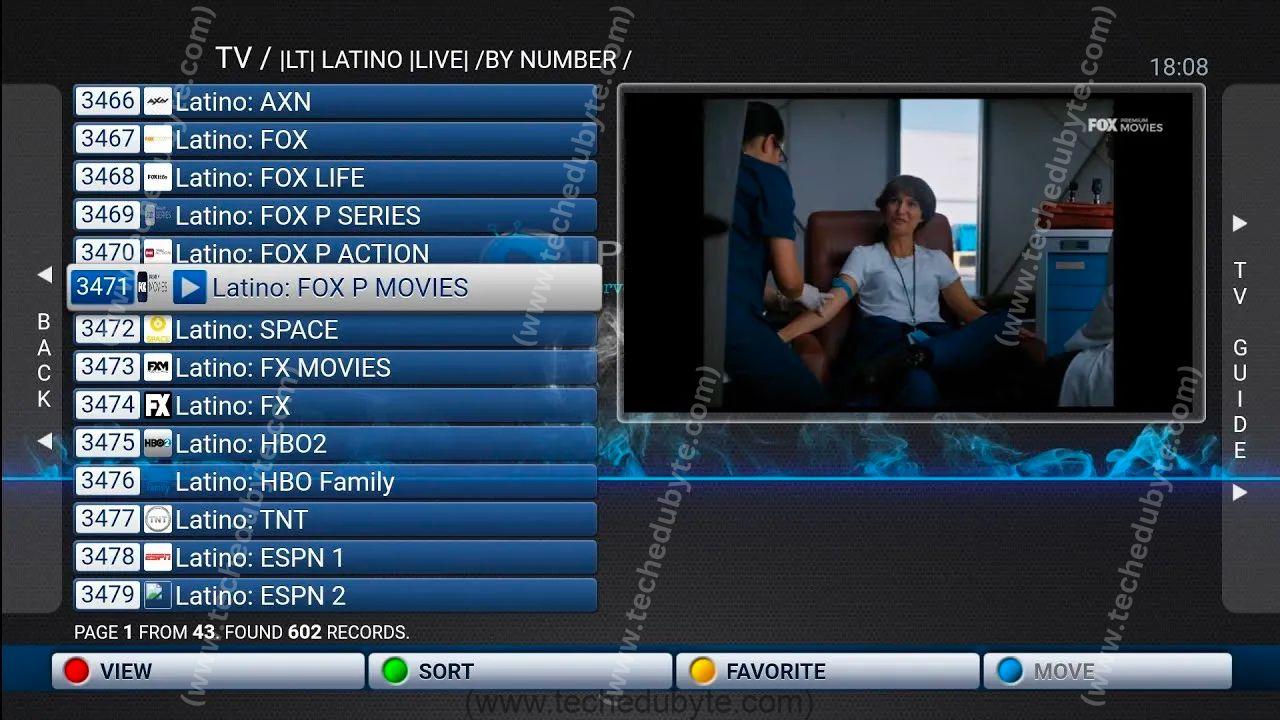A wireless network router or access point usually allows you to filter devices by their MAC addresses, which are their physical addresses on the network. If you don’t know about it, let us first clarify what a MAC Address is before discussing the filtering of MAC addresses.
MAC addresses are unique physical addresses assigned to each device on a network. To communicate, two networked devices must have an IP address and a MAC address.
The MAC address is a 12-digit number comprised of 48 bits, with 24 bits used for OUI (Organization Unique Identifier) and 24 bits reserved for information specific to the network interface card or vendor. This layer is part of the OSI model’s data link layer. The network adapters or interface cards always have a MAC address fed into their hardware. MAC address lookup is a process used to determine the manufacturer or vendor of a network interface card based on its MAC address.
We hope you understand a MAC address and why we use this. Let’s move to the principal topic Why you shouldn’t use MAC address filtering on your Wi-Fi router?
By filtering MAC addresses, you can restrict access to your Wi-Fi network to specific devices. Anyway, it’s just a theory. In practice, this protection is difficult to set up and easy to circumvent.
One of the features of a Wi-Fi router that can give the user the impression of security is the encryption feature. There is no need to use anything other than WPA2 encryption. MAC address filtering is a popular feature among some individuals but is not a security feature.
If you are still confused, let us provide you with comprehensive insights about it. In this article, we will discuss some basic features of the following, so don’t forget to read until the end:
How to Filter MAC Addresses in Your Router?
How does MAC Address Filtering work?
How to Find Your MAC Address in Windows?
How to Locate the MAC Address on a Mac?
How to Filter MAC Addresses in Your Router?
Their MAC addresses identify network hardware, such as wireless network adapters. The MAC address can be spoofed so that an attacker can pretend to be an authorized user. However, a casual hacker or curious snooper will not go to such lengths. Hence, MAC filtering protects you from the majority of users.
To enable and configure MAC address filtering to protect your wireless network, refer to the owner’s manual for the wireless network router or access point you use.
As an example, suppose you own a router from TP-Link. In this case, you may follow the instructions on their website to configure MAC address filtering on wireless networks. We can find the setting on some NETGEAR routers under ADVANCED > Security > Access Control. A Comtrend AR-5381u router can be configured to filter MAC addresses using the Wireless > MAC Filter menu.
You can find support pages for your specific router online by searching for its make and model, such as “NETGEAR R9000 MAC filtering.”
How does MAC Address Filtering work?
A unique media access control address (MAC address) identifies every device you own on a network. Usually, a router will allow any device to connect as long as it knows the passphrase.
When using MAC address filtering, a router compares a device’s MAC address against a list of approved MAC addresses. It only allows the device access to the Wi-Fi network if its MAC address has been specifically authorized.
MAC addresses can be configured in your router’s web interface, allowing you to select which devices are allowed to connect.
How to Find Your MAC Address in Windows?
As many Internet or networking users want to know what is the MAC address of their device. What you need to do to find the MAC address of your device just follow the following simple steps:
Use the Win+R keyboard shortcut to open the Run dialog box.
To open Command Prompt, type cmd in the small window that appears.
Enter the command ipconfig /all in the Command Prompt window.
Enter the command and press Enter. Within that window, you should see a bunch of text.
Look for the line titled Physical Address or Physical Access Address. There is a MAC address associated with that adapter.
Note:
In the case of multiple network adapters, you must ensure that you receive the MAC address from the correct adapter by reviewing the results. You will require a different one whether you are using a wired or a wireless network adapter.
How to Locate the MAC Address on a Mac
There is a slightly different process for finding the MAC address for filtering on a Mac desktop or laptop computer instead of a Windows computer. The following is a description of how it works.
Go to the Apple menu and select System Preferences.
Click on the Network button.
On the left side, select Wi-Fi.
To access the advanced options, click the Advanced button.
Next to Wi-Fi Address, you will see your MAC address.
Related Tag: Do not use mac address filtering android
how to turn off mac address filtering on router
mac address filtering advantages and disadvantages
mac filtering vs wifi mac filtering
mac filtering blacklist/whitelist
how to enable mac address filtering on wireless router
mac address filtering benefits
how does mac address filtering work
The post Why Shouldn’t You Use MAC Address Filtering On Your Wi-Fi Router? appeared first on Tech Edu Byte.
We Love Cricket
We Love Cricket












Leave a Reply